To effectively patrol its wilderness, project Amu employs a full-time pilot to patrol the skies above the ranch
To effectively patrol its wilderness, project Amu employs a full-time pilot to patrol the skies above the ranch. The plane is kept on Manda Island, across a narrow channel from Lamu Island, where Nick Trent resides. He sets off by boat early in the morning to Manda and then sets off on the short commute to Amu from there.
Despite the relatively flat nature of terrain along the Kenya coast, there is no lack of beauty. Much of the coastline near Lamu is covered with winding tributaries and mangrove forests. Mangroves once comprised a huge portion of Lamu's trade, but as a protected tree, harvesting has become regulated . Nearly 70 percent of the country's mangroves are in Lamu district, and of the seven species of mangrove tree in the world, five are found here.
From the air, the mangroves provide rich contrast against the snaking tributaries that reach inland. Sending roots directly into sea water they leave little room for beaches, but instead hang over the water casting dark shadows.
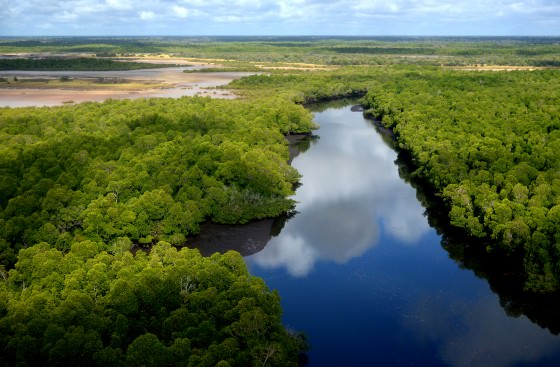
Aside from the unmistakable beauty, there lies the sad fact that Nick Trent would not be flying at all if everything was perfect on the ground. He and his plane provide an invaluable service, for without eyes in the sky, it would be impossible to effectively patrol this massive expanse of land. For example, he recently identified several stacks of freshly cut planks from the air and was able to quickly notify men on the ground who arrived at the scene using GPS coordinates.
In addition to preventing this illegal wood from reaching the black market and fuelling its demand, Nick is able to demonstrate to other potential loggers and poachers that they can't hide. Having a plane in the air is a huge deterrent to illegal activity. He has identified poaching activity on multiple occasions, allowing rangers to move in and remove dozens of traps and snares that would have otherwise caused untold agony for their victims.
A birds-eye-view also offers a painful reminder of the damage that has already been done to this once pristine habitat. Deforestation, tapped doum palms, cultivation by illegal squatters, and currently in progress is a massive road that will cut through the wilderness to connect the new proposed port in Lamu. Yes, some of this is inevitable, but at least in the area now protected by Project Amu, under the Lamu Conservation Trust, most of this damage will be halted and reversed. Trees will grow back, maize and bean fields will return to bush, and animals will return to the area.
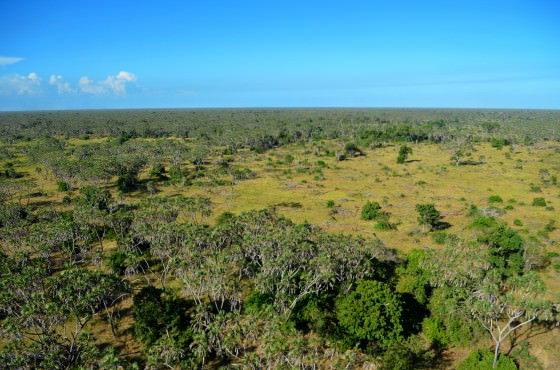
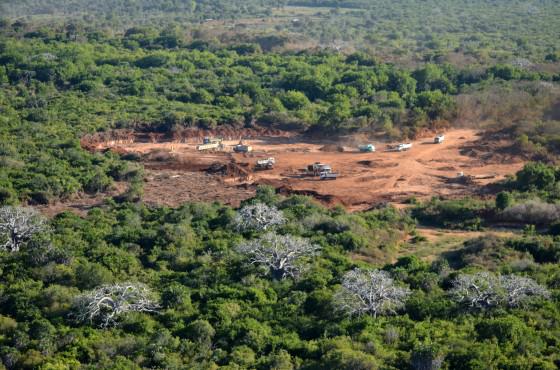
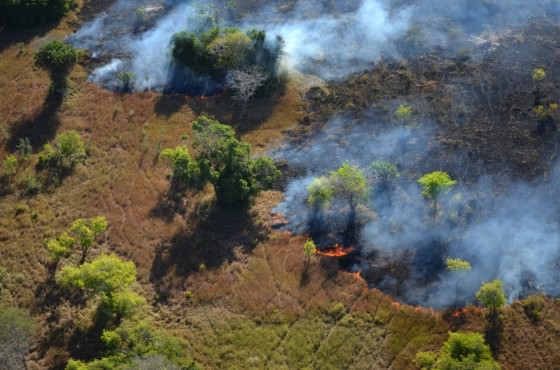
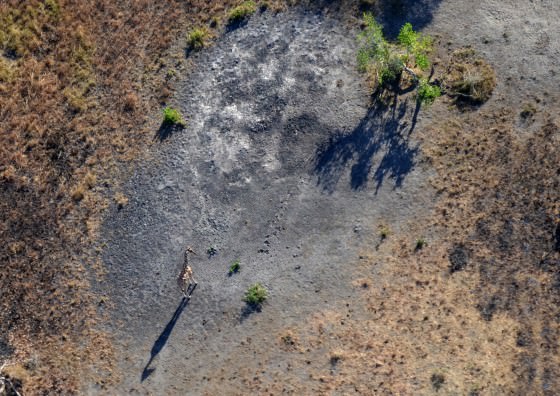
Fortunately, the interior of the ranch shows very little human interaction, and offers some excellent game-viewing. Huge herds of buffalo and topi can be spotted from the air, as well as hippos in recently flooded pans and rivers. Nick even pointed out a mating pair of hippopotami. Hopefully, they weren't disturbed by the plane!
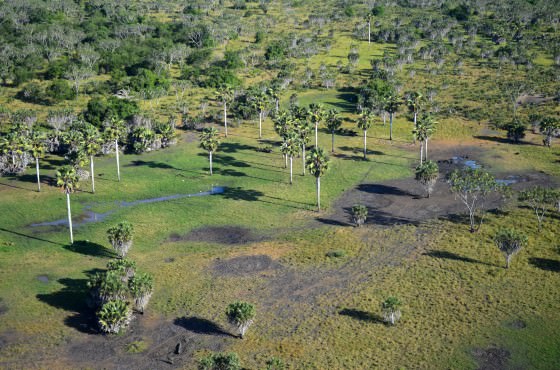
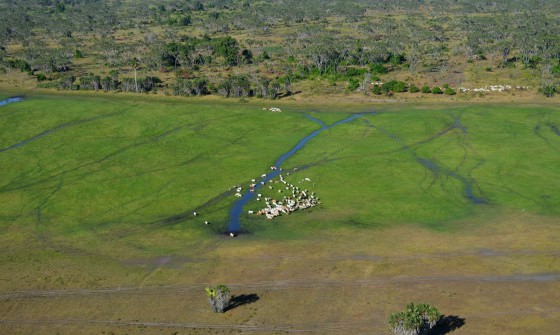
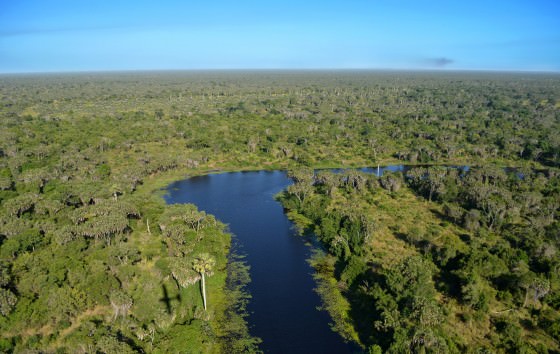
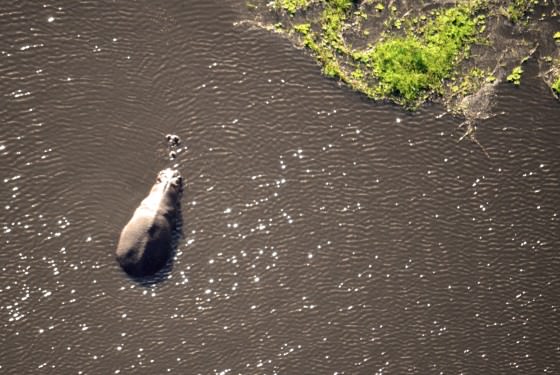
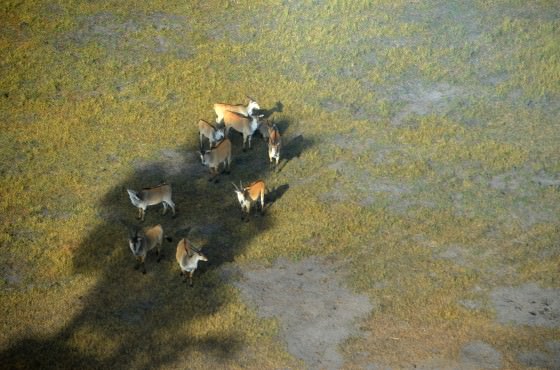
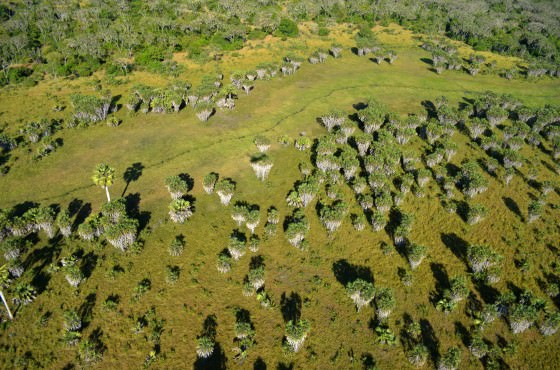
In the evening, Nick flies back to Lamu using a flight path that approaches old Lamu town from the North. Here is that view:
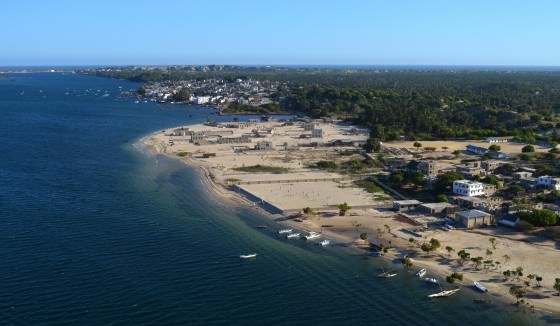

Those interested in donating to this cause may contact the David Sheldrick Wildlife Trust or the Lamu Conservation Trust directly. Significant donors who are staying in the Lamu area may be able to arrange a visit the ranch in the airplane. If you plan a visit to this island, you are encouraged to enquire about details.
You can follow the activities on Amu by "liking" the LCT's Facebook page